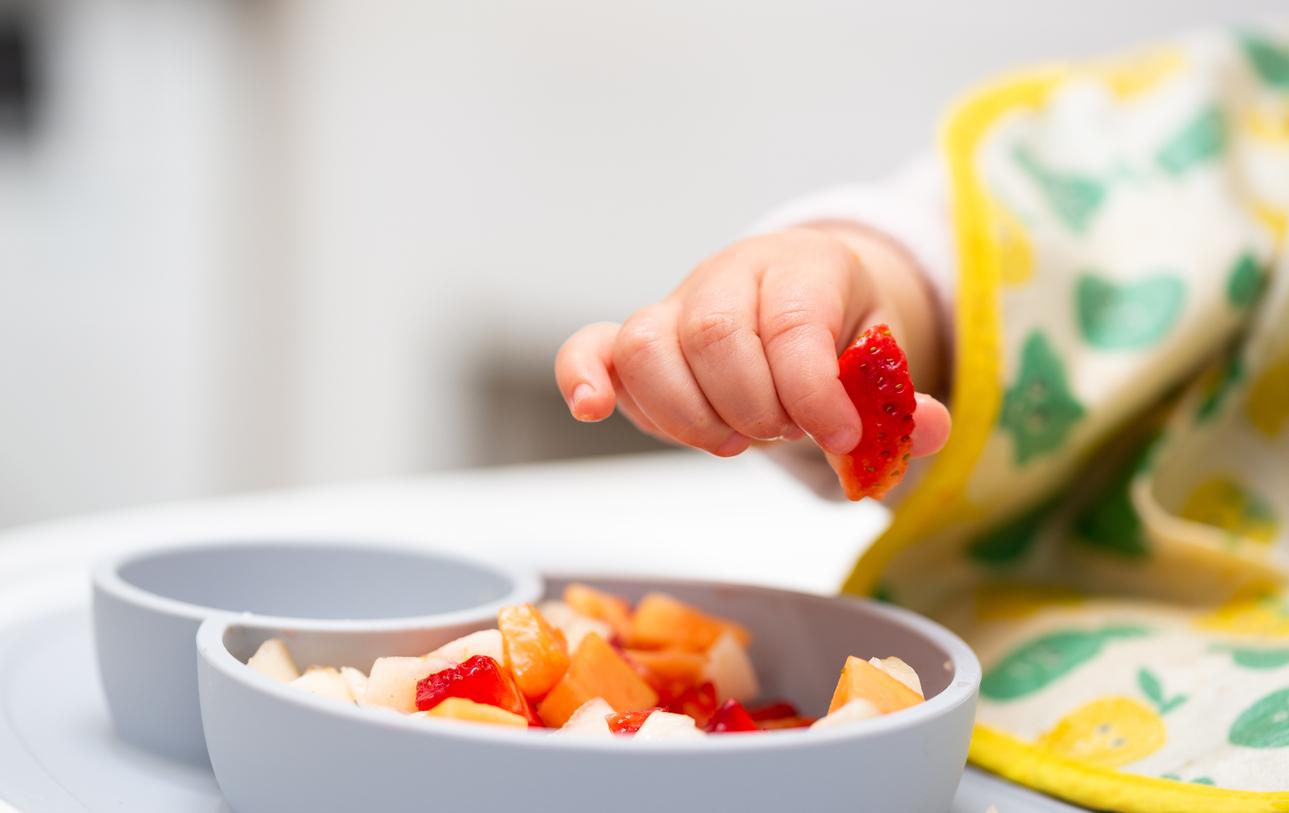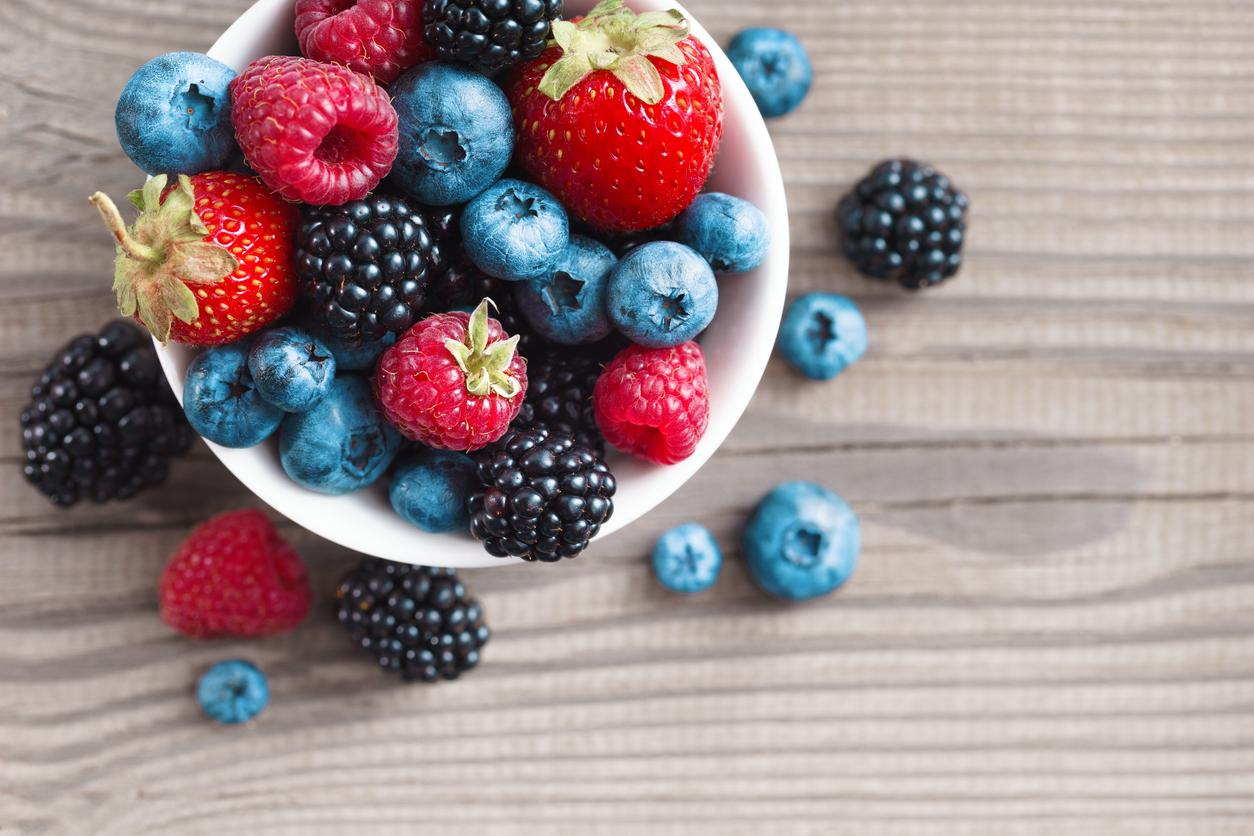While traveling on a train recently, you couldn’t help but overhear two women deep in conversation about a mutual obsession with food, including emotional triggers that drove them toward chocolate and pizza.
They shared feeling guilty about a perceived lack of willpower around food and regularly rummaging through the fridge for tasty treats to help soothe their emotions. Both lamented not being able to stop and think before eating.
Their discussion was far from talking about the physiological needs for food to fuel your body and meet its needs for essential nutrients. Instead, it was very emotional.
It got me thinking about what a healthy relationship with food means, how a person’s eating behaviors develop, and how a “good” relationship can be maintained. This is what a “healthy” eating relationship can look like.
What does a “good relationship with food” mean?
You can check if your relationship with food is “healthy” by seeing how many items on this list you check “yes.”
Are you :
1-in tune with your body’s signals, meaning you are aware of when you are hungry, when you are not hungry, and when you feel full?
2-likely to eat appropriate amounts and a variety of foods from all food groups, at regular intervals, to meet your nutrient, health and wellness needs?
3-comfortable eating with others and also eating alone?
4-able to enjoy food, without feeling guilty or without it dominating your life?
If none of these apply to you, you may want to improve your relationship with food.
Why is a good relationship with food important?
Many “no” answers indicate that you may be using food as a coping mechanism in response to negative emotions. The problem is that this triggers the brain’s reward center, meaning that even if you feel better, this behavior is reinforced, so you’re more likely to continue eating in response to negative emotions.
Emotional eating and episodes of uncontrolled eating are more likely to be associated with eating disorder symptoms and poorer diet quality, including lower vegetable intake and higher food intake. poor in nutrients.
A review of studies on food addiction and mental health found that healthy eating habits were associated with a lower risk of eating disorders and food addiction. Higher vegetable and fruit intakes were associated with lower perceptions of stress, tension, worry and lack of joy in a cohort of more than 8,000 Australian adults.
How to develop a healthy eating relationship with food?
There are ways to improve your relationship with food. Here are a few tips:
1. Keep a “food mood” journal. Writing down when and where you eat and drink, who you are with, what you do, and how it all makes you feel will give you personal insight into when, what, and why you consume the things you do. This helps to increase awareness of emotions, including stress, anxiety, depression and factors that influence eating and drinking.
2. Think about what you wrote in your food mood journal, especially “why” you eat when you eat. If the reasons include stress, a bad mood, or other emotions, create a list of distractions including activities such as taking a walk or listening to music, and place it on the refrigerator, bulletin board, or on your telephone so that it is easy to access.
3. Practice mindful eating. This means slowing down to become very aware of what is happening in your body and mind, moment to moment, when you eat and drink, without passing judgment on your thoughts and feelings. Mindless eating is when you eat without thinking at all. Being attentive means taking the time to check if you are really hungry, or if it is an “ocular” hunger triggered by the sight of food, a “nasal” hunger triggered by smells escaping from stores or cafes, from “emotional hunger” triggered by feelings, or from real hunger. hunger that rumbles the stomach.
4. Learn about your nutritional needs. Learning why your body needs specific vitamins and minerals and the foods they contain, rather than just mentally coding foods as “good” or “bad,” can help you let go of guilt. Banning “bad” foods makes you want more of them and love them more. Mindfulness can help you enjoy foods that are both enjoyable and nourishing.
5. Focus on enjoying eating. It is possible to reduce mindless eating by focusing on the pleasure of eating and the pleasure of preparing and sharing food with others. An intervention for women concerned about dieting and weight control used workshops to raise awareness of the food cues that trigger them to eat, including emotions or being in places they normally associate with eating. diet, as well as the sensory aspects of food, including taste, touch and smell. , sound and texture. It also aimed to teach them to appreciate the pleasure that comes from the social, emotional and cultural aspects of eating. The intervention led to a reduction in overeating in response to emotional cues such as sadness and stress. Another review of 11 intervention studies promoting enjoyment and enjoyment of eating found promising results for healthy eating, including better diet quality, healthier portion sizes, healthier food choices, and more great preference for healthy foods. Participants also said healthy foods tasted better and were easier to cook more often at home.
Where can you get help to improve your relationship with food?
A healthy relationship with food also means freedom from eating disorders, including binge eating disorder, bulimia, and anorexia.
If you or someone you know has signs suggesting an eating disorder, such as regularly using restrictive practices to limit food intake, skipping meals, eating rituals dictating which foods or combinations eating at specific times, binge eating, feeling out of control over food, eating in secret, inducing vomiting or using diet pills, follow up with a GP or professional of health.
This article was written by researchers Claire Collins and Tracy Burrows, and published on the website The Conversation.



















